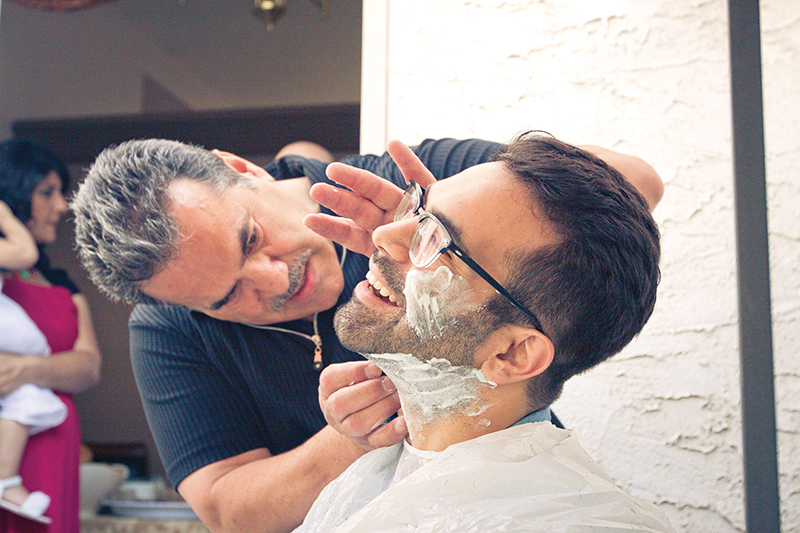Ever since King C. Gillette’s 1903 safety razor, the beard has mostly slept in the halls of academia or temples, or in back alleys.
Perhaps from its elitist and vagrant reputations grew the old saying, “Never trust a man with a beard.” And maybe that’s why Canada hasn’t had a bearded Prime Minister in 119 years. But the beard resurgence of the past few years has businessmen, band members and David Beckham alike, challenging this assumption.
“From a fashion perspective, I’d say beards have made a huge comeback, largely due to the overriding theme of ‘heritage’ in men’s fashion in the past few years,” says Jordan Singer, president of Henry Singer and the third-generation company’s first owner to sport a beard.
Psychology is on his side. A 2010 Journal of Marketing Communications study showed that, in everything but underwear ads (don’t tell Beckham), bearded men are perceived as more credible and trustworthy. And, when it comes to social situations, a 2012 Behavioral Ecology article showed that, even in cultures as disparate as New Zealand and Samoa, both males and females perceive bearded men as older and of a higher status.
But I’ve known all this since the day someone older asked me to bootleg for them.
If you opened my junior high yearbook, no one would blame you for thinking the janitor snuck in front of the Jostens background. Actually, the chin-strapped ninth-grader is me. For as long as I could, I’ve had a beard, and, for as long as I’ve had a beard, I’ve enjoyed its benefits. From social situations to job interviews, its instant aging effects gave me a boost, as long as I kept it neatly trimmed and diligently tamed, though I could go from Obama to Lincoln in a matter of weeks.
Often though, I’d find myself, clippers in hand, wondering what it might be like to make like actor Zach Galifianakis, he of the truly bushy beard. Would I feel like how I presumed I’d look? Like my own boss?
So, with my wedding four months away, I pledged to stop shaving until the morning of June 23. That’s when my father would shave it off as part of an Arab tradition of finessing the groom before he’s delivered to his bride. I wanted to give them something special to mow, but I quickly learned that giving it up would be much harder than anticipated.
